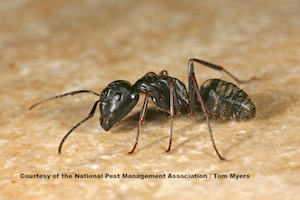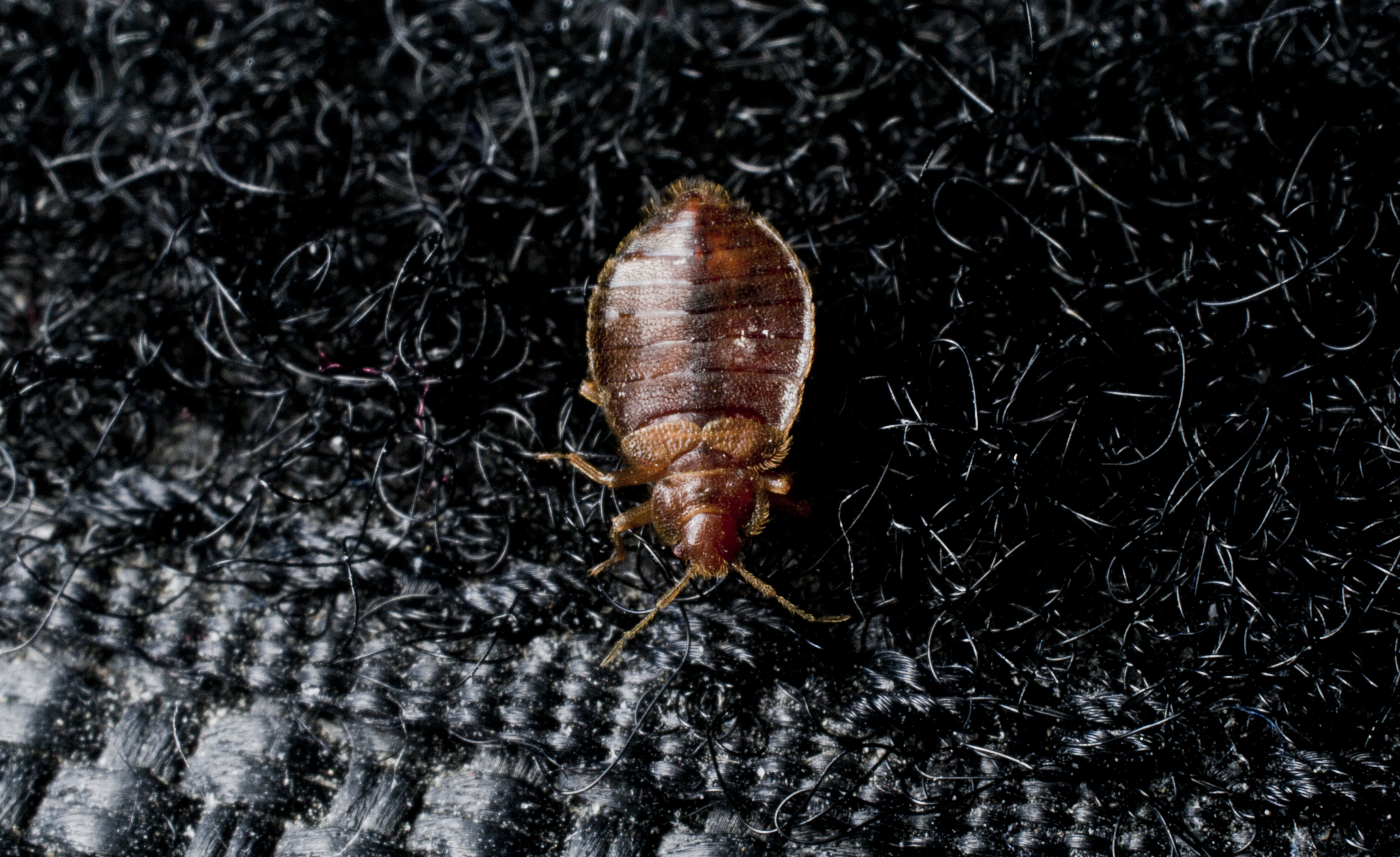The Top 5 Invasive Species Threatening Your Home
Invasive species are on the move across the U.S., causing property damage and presenting new health threats. Spread through accidental or unintentional means, invasive pests usually do not have any natural predators in the environments they invade, allowing their populations to grow rapidly and quickly establish themselves in various regions of the country.
Here are the top 5 invasive pests to look out for in and around your home:

Brown Marmorated Stink Bugs
Originating in Asia, the brown marmorated stink bug first arrived in Pennsylvania in 1996. They are now found in 44 states and have become a nuisance for many homeowners. Although they do not pose any health threats to humans, stink bugs are known to seek shelter inside homes during the winter, typically hiding in the walls, attic or crawl space. Stink bugs reemerge in early spring, becoming active inside and outside the home. These unwanted house guests release a notoriously unpleasant odor when crushed, hence their name. To keep this invasive pest out of your home, patch any holes in door or window screens and vacuum up any bugs found inside the house.

Asian Longhorned Ticks
First spotted in New Jersey in 2017, the Asian longhorned tick came to the U.S. from Asia, where it is known to transmit deadly diseases to both livestock and humans. These ticks are able to multiply rapidly, as females can reproduce without a male, and have become an established invasive species in the United States. Outside of the U.S., the Asian longhorned tick has been known to carry diseases such as Lyme, Ehrlichiosis, Japanese spotted fever, Powassan virus and Khasan virus. It is best known for transmitting SFTS (Severe Fever with Thrombocytopenia Syndrome), a virus that is fatal in 15 percent of its victims. To protect against this invasive species, use insect repellent containing at least 20 percent DEET and wear long clothing when possible to reduce exposed skin. Always check yourself, family members and pets for ticks after walking through wooded areas and tall grass, as prompt removal is key to preventing tick-borne illness transmission.

Spotted Lanternflies
First reported in Pennsylvania in 2014, spotted lanternflies are now found in New Jersey, Delaware, Virginia, New York, Connecticut and Massachusetts. These pests pose a significant threat to the grape, fruit tree, and logging industries as they feed on the sap within many trees and plants. They are also known to lay egg masses on trees, rocks and outdoor furniture. If you find egg masses around your home, scrape them off and place them in a double bag before disposing of them in the trash. You should also contact your local Department of Agriculture to report a sighting and any migration of this invasive species.

Red Imported Fire Ants (RIFA)
Native to Brazil, the red imported fire ant (RIFA) was first spotted in Alabama in 1933. They are now found throughout the south and western U.S. and will attack humans who disturb or threaten their nest. They are commonly introduced into new areas via potted plants, shrubs or trees. These tiny invasive pests get their name from their painful stings, which form into raised welts that become white pustules. Those allergic to insect stings may react more severely. Although these pests are typically found outdoors, they can get inside structures through HVAC systems and AC units. Avoid RIFAs and their mound nests, and seal all structural cracks and crevices to keep them from gaining entry.

Formosan Termites
The Formosan termite is originally from China and was brought into the U.S. through military cargo shipments after World War II. This termite species can now be found across the southern United States in Hawaii, North Carolina, South Carolina, Georgia, Virginia, Texas, Louisiana, Alabama, Florida, Tennessee and California. Nicknamed the "super termite," these destructive pests can chew through wood, flooring and wallpaper and are the most destructive of the 2,000 known termite species. In fact, a mature Formosan termite colony can consume approximately one foot of 2x4 wood in 25 days, causing severe structural damage to a home in as little as six months. To prevent an infestation, store firewood at least 20 feet away from the house and 5 inches off the ground, and maintain a one-inch gap between soil and wood portions of your home. Additionally, eliminate sources of moisture in and around the house. Homeowners should consider scheduling an annual professional termite inspection.
Anyone who suspects an invasive species infestation should immediately contact a pest control professional. A trained professional can identify the species and recommend a course of action to deal with the infestation before it becomes a major problem.

Learn About Ants
Ants are a common pest homeowners struggle to eradicate. Learn more about them!

Bed Bug Pest Guide
Traveling this summer? Be sure to keep an eye out for bed bugs! Use our Pest Guide to help identify this pest.

NPMA's What Grows There? Project
Check out NPMA's What Grows There? project to learn how pests, such as flies, cockroaches and rodents, can spread germs throughout a home.
Find a PEST PRO in your area

Learn About Ants
Ants are a common pest homeowners struggle to eradicate. Learn more about them!

Bed Bug Pest Guide
Traveling this summer? Be sure to keep an eye out for bed bugs! Use our Pest Guide to help identify this pest.

NPMA's What Grows There? Project
Check out NPMA's What Grows There? project to learn how pests, such as flies, cockroaches and rodents, can spread germs throughout a home.
